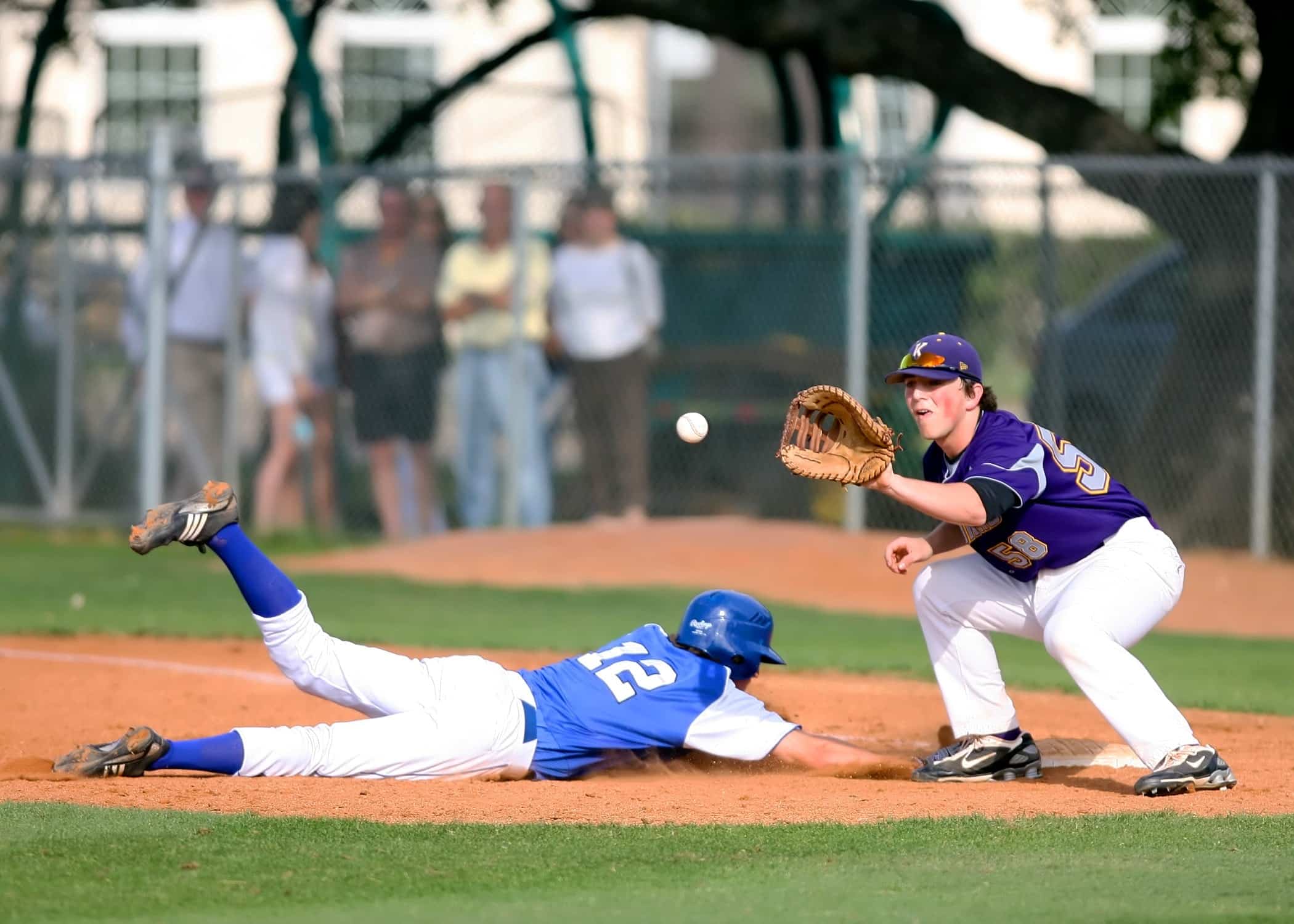Roy Peter Clark: One more baseball ritual: shaking hands *Or, this year, bumping elbows

I thought I had an important idea to contribute to the culture of baseball last year, and the pandemic blew it away like dust from a resin bag. But as the shortened 2020 season reaches for the playoffs, I have felt emboldened to revive my idea. But, as with all questionable baseball records, I am adding an asterisk.
Let me begin with the impression that baseball has more rituals than other sports. Some are crude and ancient, like spitting, jawing with an umpire, or that wardrobe adjustment that involves the indelicate grabbing of oneself.
Others are fairly new, like trying to rip the shirt off a player who hits a walk-off home run while showering him with Gatorade. If you win a playoff series now, you get to wear goggles so that geysers of champagne don’t burn your eyes.
Those innovations should be accompanied by another.
I propose that after the concluding game of a playoff series, the two teams should line up and shake hands. Here’s the asterisk*: in the year of the pandemic they can bump elbows.
Such a ritual is so common in so many other sports, that its absence in Major League Baseball is, if not an insult to fair play, then at least a missed opportunity.
Critics may argue that a conga line of handshakes, bro-hugs and high fives would interrupt that explosive celebration that marks the final out, often called the “dog pile.” (Dog piling and social distancing are contradictions, so we need another non-contact form of celebration.)
The role models for my suggestion belong to the National Hockey League. Those toothless wonders who win the Stanley Cup, some of them bloodied from battle, have found a moment to show liturgical respect to their fallen opponents.
Consider the winners of soccer’s World Cup. The final game may have been filled with cynical fouls and the occasional shoulder bite from a toothy opponent, but after the final whistle players from opposing sides manage to find each other, even exchanging jerseys as a sign of respect. It is not uncommon to see a winner pick a distraught loser off the pitch in a gesture of consolation and encouragement.
Prize fighters do it. Golfers do it. Rugby players do it. Tennis players do it. Basketball players do it. And football players do it. In the NFL some members of opposing teams sometimes kneel together in prayer.
In recent days, we have seen athletes from many sports create new rituals of solidarity in support of racial justice and equality.
So why, after a World Series victory, does one team get to go crazy on the field, while the losers stare in mourning from the dugout? I guess it must be something about baseball.
But wait! Even Little Leaguers have it figured out. One of the nicest moments of watching the Little League World Series out of Williamsport, Pa. is to see players, 10- to 13-years-old, often from different countries and cultures, emotionally spent, line up and offer their props.
So why not Major League Baseball?
You would think that the distinctive nature of our National Pastime would crave its kumbaya moment. In a famous comedy routine, the late George Carlin illustrated that baseball, as opposed to football, was a game of peace. Football was a game of war, of conquering territory with long bombs and blitzes. In baseball, you played in a park, took a walk to first base, with a desire to make it to home.
Carlin’s metaphor conveniently ignores beanballs, stare downs, bat flips, f-bombs, and hard slides. Oh, and let’s not forget stealing signs, Astros and Red Sox! That said, here’s how baseball’s handshake of peace would work in real time:
The final out would be made in any playoff game, beginning with Wild Card elimination. The winning team would celebrate the achievement, convening near the pitcher’s mound. The losing team would clear the way for this, moving toward the dugout. After no more than three to five minutes of this, the captain of the winning team would lead his comrades to a foul line and begin elbow bumps with the fallen. Just like the kids do it. If this feels too awkward, teams could consider mingling at random on the infield as they do in football.
Such a ritual, so common in other sports, would magnify the greatest virtues of athletic competition: respect for an opponent, winning with humility, losing with dignity, a recognition that sports is a symbolic form of cultural aggression, one in which we can celebrate victory, and recover from defeat.
My proposal will be good for the losers, too. No longer will they have to slink back to the dugout or stare longingly at the celebration, failure etched on their faces.
As for the winners? Not to worry. After they complete this generous task, they can don their championship caps and T-shirts, accept their trophy, hug their parents, kids, wives and girlfriends, pose for pictures, and spend the next hours swilling beer, wearing goggles, and spraying each other with champagne. A noble ritual, to be sure.
One more asterisk*: This year, men, you got to show us how to do all this while wearing masks and maintaining social distance.
Roy Peter Clark has taught writing and sports journalism at the Poynter Institute since 1979. He is the author of several books, including Writing Tools and Murder Your Darlings, a writing book about writing books. He can be reached at rclark@poynter.org.

